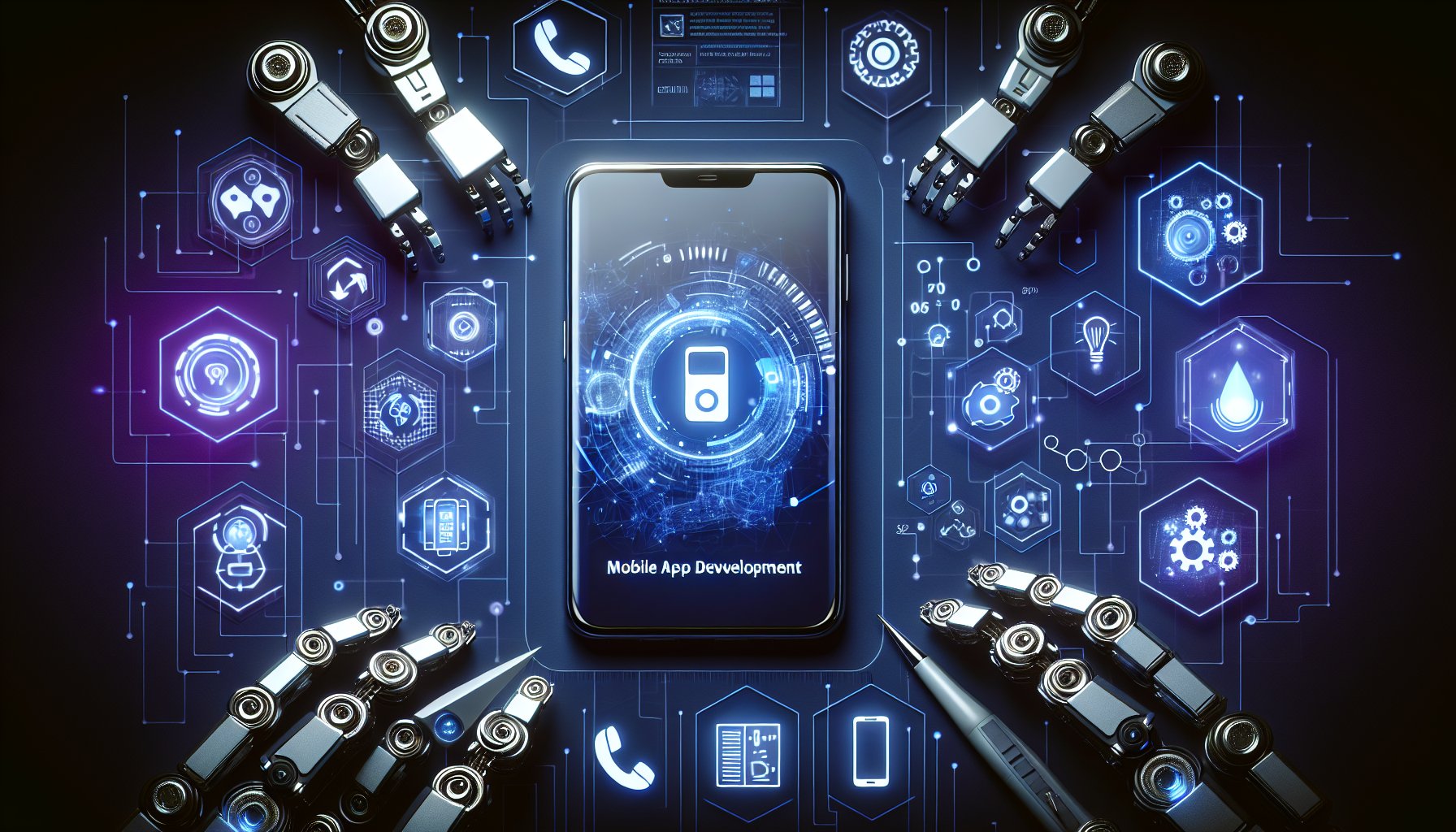Introduction
The world of mobile app development is constantly evolving, with new technologies and methodologies emerging at a rapid pace. As developers and businesses, it's crucial to stay abreast of these advancements to remain competitive in the digital landscape. This post will delve into the latest trends and strategies in mobile app development, from AI integration and Cloud-Native Apps to the newest versions of Flutter, Kotlin, and SwiftUI.
AI Integration in Mobile Apps
Artificial Intelligence (AI) continues to revolutionize mobile app development. AI-powered features like chatbots, recommendation engines, and voice assistants are becoming increasingly common, enhancing user experiences and boosting engagement. Consider integrating AI technologies such as TensorFlow or PyTorch in your mobile apps to stay competitive.
Example: AI in Action
Let's look at a simple example of AI integration using TensorFlow in a mobile app:
import 'package:flutter/material.dart';
import 'package:camera/camera.dart';
import 'package:tflite/tflite.dart';
void main() => runApp(MyApp());
class MyApp extends StatelessWidget {
@override
Widget build(BuildContext context) {
return MaterialApp(
home: CameraScreen(),
);
}
}
class CameraScreen extends StatefulWidget {
@override
_CameraScreenState createState() => _CameraScreenState();
}
class _CameraScreenState extends State {
List cameras;
CameraController controller;
@override
void initState() {
super.initState();
loadCameras();
}
// Load the camera and start the TensorFlow Lite recognition
void loadCameras() async {
cameras = await availableCameras();
controller = CameraController(cameras[0], ResolutionPreset.medium);
await controller.initialize();
Tflite.loadModel(
model: "assets/ssd_mobilenet.tflite",
labels: "assets/ssd_mobilenet.txt",
);
controller.startImageStream((image) => {
Tflite.runModelOnFrame(
bytesList: image.planes.map((plane) {return plane.bytes;}).toList(),
imageHeight: image.height,
imageWidth: image.width,
numResults: 2,
)
});
}
}
This example showcases a Flutter app with TensorFlow for object recognition using the device's camera.
Cloud-Native Apps
Cloud-native apps are the future of mobile app development. They offer increased efficiency, scalability, and flexibility, making app development more cost-effective and time-efficient. Tools like Docker and Kubernetes are facilitating the development of cloud-native apps, enabling businesses to quickly adapt to market changes and customer needs.
5G Technology
With the advent of 5G technology, mobile apps can now offer unparalleled speed and performance. 5G enables developers to design apps with advanced features like AR/VR and IoT integration, enhancing user experiences like never before.
AR/VR in Mobile Apps
Augmented Reality (AR) and Virtual Reality (VR) are changing the face of mobile app development. They offer immersive experiences that can boost user engagement and retention. ARCore and ARKit are popular tools for integrating AR/VR into your mobile apps.
Latest Development Frameworks
Stay ahead with the latest versions of popular frameworks like Flutter 3.0, Kotlin 1.7, and SwiftUI 3.0. These offer a host of new features and improvements, enabling you to create more powerful and efficient mobile apps.
Conclusion
The future of mobile app development is exciting, with new technologies and trends continually emerging. By harnessing the power of AI, embracing cloud-native apps, utilizing 5G, integrating AR/VR, and keeping up with the newest versions of popular frameworks, developers and businesses can stay ahead in the ever-evolving digital landscape.
